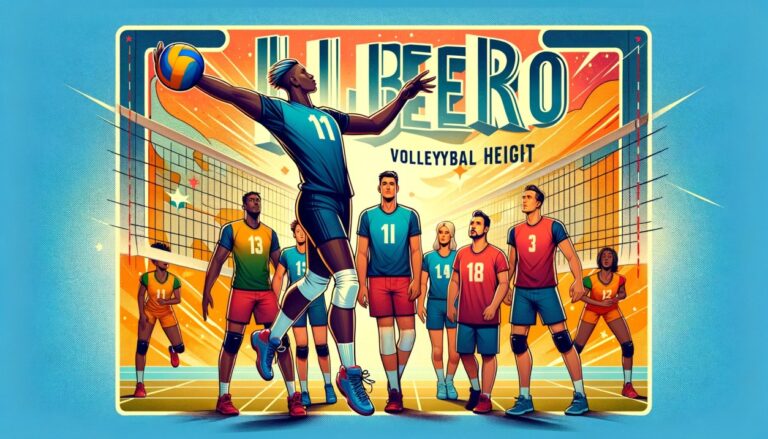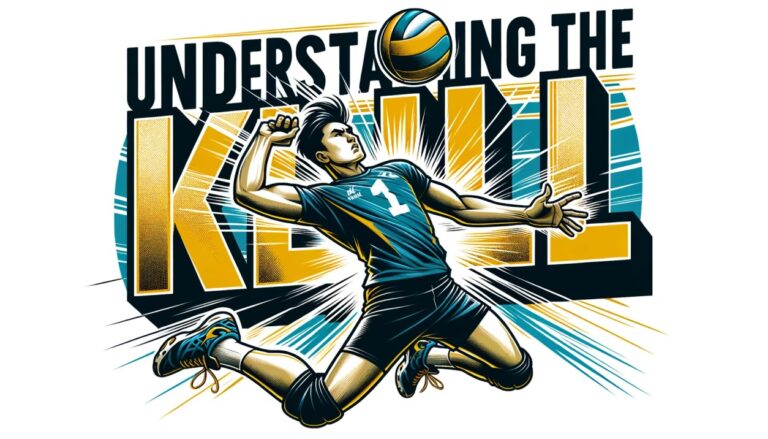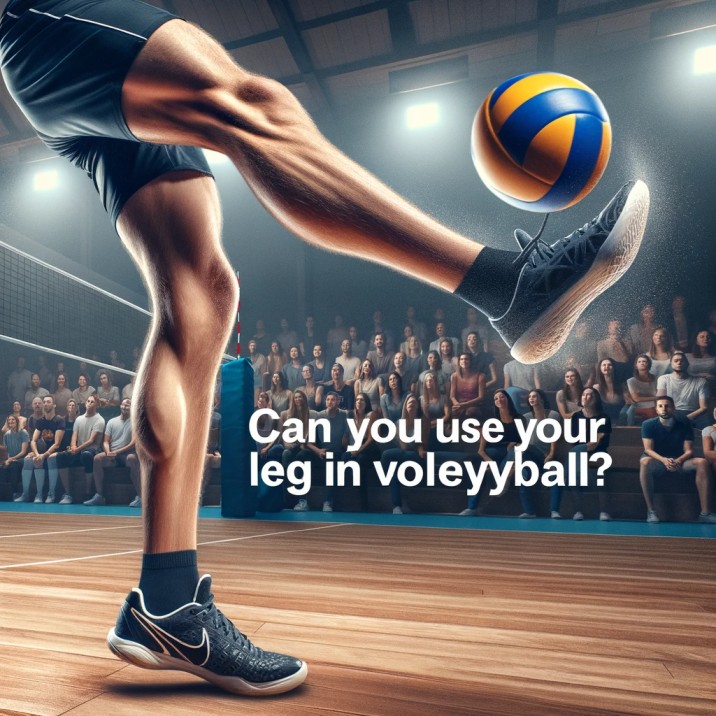What Is a Libero in Volleyball
Introduction of Libero in Volleyball
In this article, complete information about What is a Libero in Volleyball is given. This article will dive deep into the role, responsibilities, and significance of a libero in volleyball. We’ll explore everything from the history of the position to the skills required to excel at it. So, if you’ve ever been curious about that player who seems to be in two places at once, keep reading!
The Origin of the Libero Position
Brief History: The libero position was introduced in 1998 by the International Volleyball Federation (FIVB) to add a new layer of excitement and strategy to the game.
Significance: The introduction of the libero changed the dynamics of volleyball significantly. It allowed teams to have a defensive specialist on the court at all times, which elevated the level of play and made the game more engaging for fans.
What Sets the Libero Apart?
- Uniform: The libero wears a different jersey from the rest of the team. This isn’t a fashion statement; it’s to help both the referees and the audience quickly identify them during the game.
- Positioning: Liberos are usually found at the back of the court. They’re the last line of defense but also key in setting up offensive plays.
Responsibilities of a Libero
Defensive Specialist
- Role in Receiving Serves: One of the libero’s main responsibilities is to receive the opponent’s serves. They’re often the first to touch the ball and set the tone for the rest of the play.
- Digs: When the ball is spiked by the opponent, the libero is usually the player diving to save it. Their quick reflexes and agility make them the best candidate for this role.

Setting
- When and How: Although they’re primarily a defensive player, the libero can also set the ball for attacks, especially if the main setter is out of position. This dual role makes them invaluable to the team.
Substitution Rules
- How and When: The libero can be freely substituted in and out for any back-row player. However, they can’t serve, spike, or block, and there are specific rotation rules they must follow.
Skills Required to be an Effective Libero
Quick Reflexes
- Importance of Agility and Speed: In volleyball, the ball can come at you faster than a hiccup. That’s why quick reflexes are crucial for a libero. They need to be agile enough to move across the court swiftly and make split-second decisions that could make or break a point.
Communication
- Directing Traffic: A libero is like the quarterback of volleyball. They’re constantly communicating with teammates, calling out plays, and making sure everyone is in the right position. If you’re not a chatterbox now, you’ll need to become one on the court!
Mental Toughness
- Resilience: Let’s face it; not every dig or pass will be perfect. That’s where mental toughness comes in. A good libero doesn’t dwell on mistakes but quickly refocuses on the next play.
FAQs
· Why can’t the libero spike or block?
The libero is restricted from spiking and blocking to maintain a balance in the game. Their primary role is defensive, and these restrictions ensure they stick to it.
· How is the libero chosen
: Usually, the libero is chosen based on their defensive skills, agility, and ability to read the game. It’s not a position for the faint-hearted!
· Can the libero serve?
In some leagues and levels of play, the libero is allowed to serve, but they still can’t spike or block.
· What’s the difference between a libero and a defensive specialist?
While both focus on defense, a defensive specialist can play in the front row and isn’t restricted by the same substitution rules as a libero.
· How to Become a Libero?
- Training: Drills that improve agility, speed, and ball-handling skills are crucial. Think of exercises like shuttle runs, reaction drills, and targeted passing exercises.
- Pathway: Start by playing in the back row, focus on your defensive skills, and consult your coach about making the transition to libero.
· Why Liberos are the Unsung Heroes of Volleyball?
- Importance: Liberos may not get the glory of a game-winning spike, but their digs and passes often set them up. They’re the backbone of a team’s defensive strategy.
- Recognition: While they may not always get the MVP award, many leagues and tournaments have started recognizing the importance of the position with Best Libero awards.
· What is a libero job in volleyball?
- The libero is a defensive specialist in volleyball. Their primary responsibilities include receiving serves, digging, and setting up plays for their team. They are often the last line of defense and are crucial for a team’s success.
· Can a libero hit the ball?
- A libero can hit the ball, but they are not allowed to execute an attack hit from anywhere if, at the moment of contact, the ball is entirely above the top of the net.
· What are three things a libero cannot do?
- The libero cannot serve (in some leagues, they can).
- The libero cannot spike or execute an attack hit where the ball is entirely above the net.
- The libero cannot block or attempt to block.
· Are liberos allowed to serve?
- In some leagues and levels of play, liberos are allowed to serve, but this varies depending on the specific rules of the competition.
· Can a libero dive?
- Yes, a libero can dive. In fact, diving to save balls is one of their primary responsibilities.
· Can a libero spike in a game?
- No, a libero is not allowed to spike the ball where it is entirely above the height of the net.
· Why is it called a libero?
- The term “libero” is Italian for “free.” The name signifies the player’s freedom to substitute in and out for any back-row player without the need for a formal substitution.
· Why is libero uniform different?
- The libero wears a different uniform to be easily identifiable. This helps both the referees and the audience to quickly recognize them during the game.
· Can libero rotate in volleyball?
- The libero does not rotate positions like other players but can freely substitute in and out for any back-row player.
· Why does libero wear white?
- The color of the libero’s jersey can vary but is always different from the rest of the team. White is a common choice because it stands out, but the color is not standardized.
· What is the full form of libero?
- Libero is not an acronym; it’s an Italian word that means “free.”
· Can a libero be a captain?
- In most leagues, a libero can be a team captain, but they usually aren
Conclusion
Summary: We’ve covered everything you need to know about the libero in volleyball, from their history and responsibilities to the skills required and how to become one.






